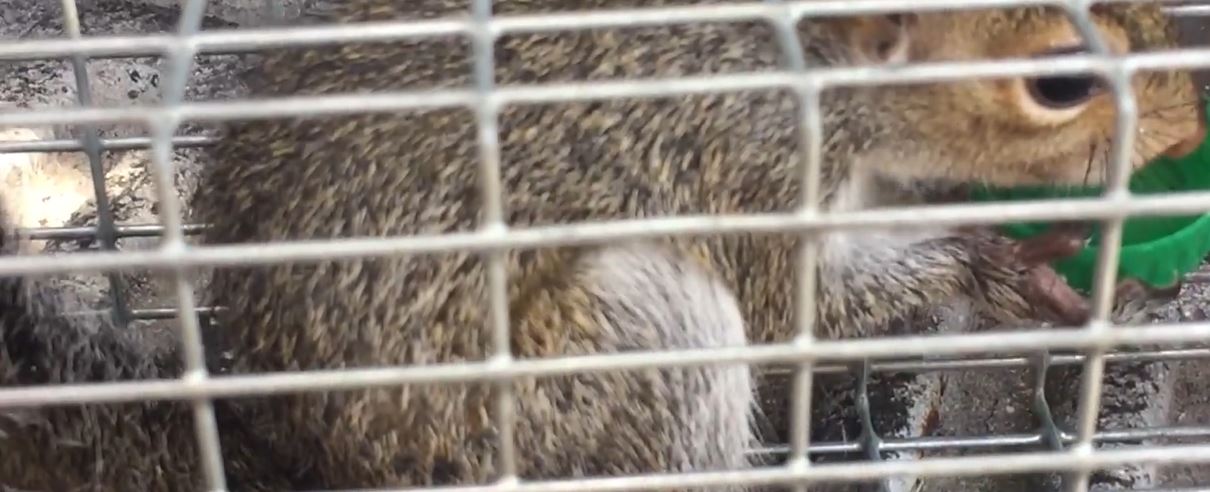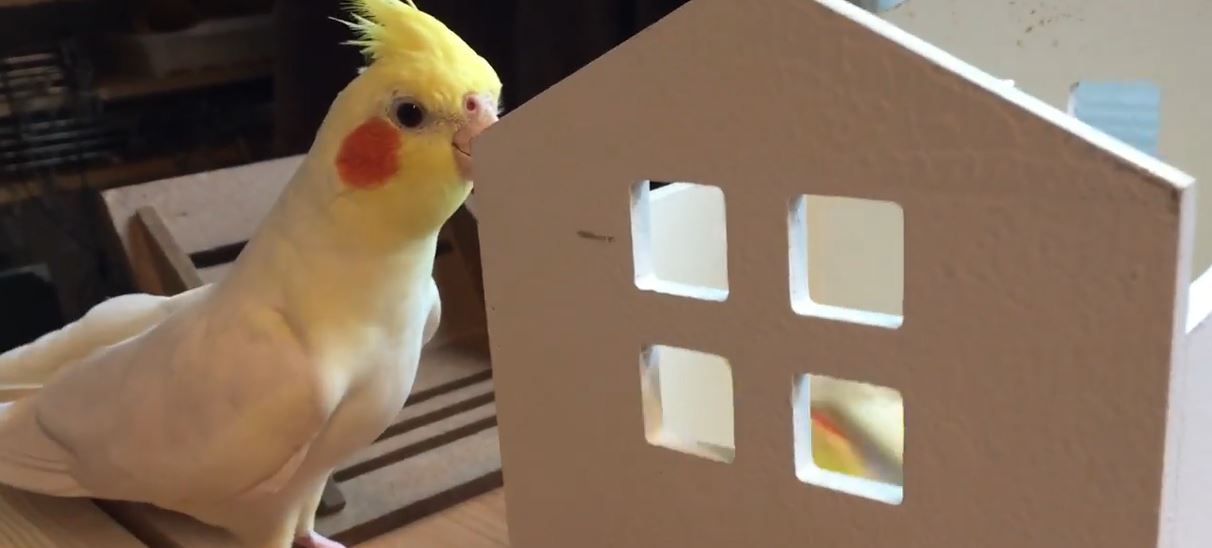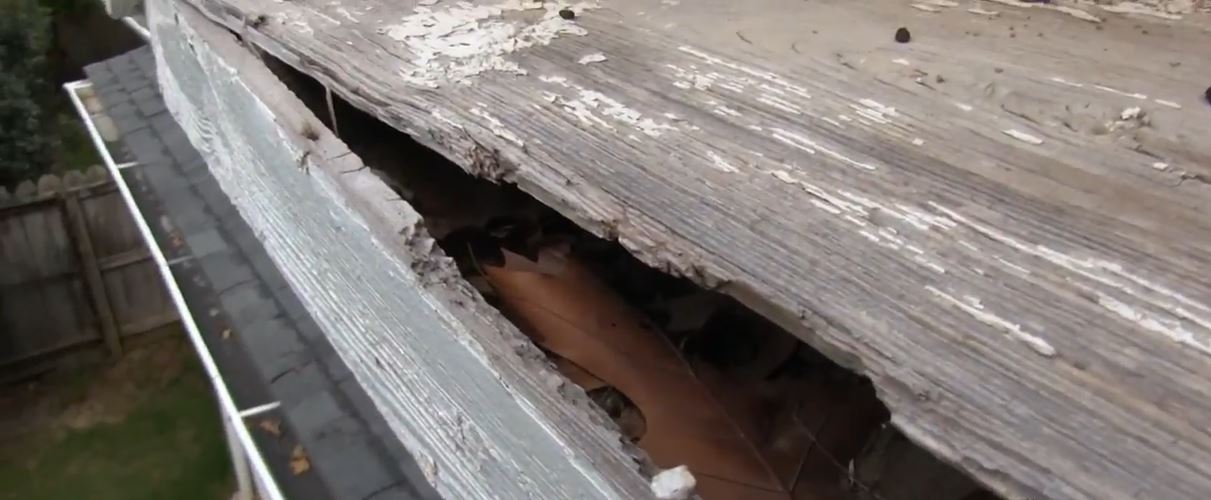How To Remove A Wild Animal In The Attic

It is not always obvious when you have a wild animal in your attic, but there will typically be at least some signs. Usually you will hear them moving around, either simply walking or possibly scratching at the walls, wires, or insulation. You may also notice a bad odor coming from your attic that can indicate the presence of an animal. If you do have a wild animal in your attic, you want to remove it as soon as you can to prevent damage to your home and the spread of disease.
Call A Professional
The simplest way to remove a wild animal in the attic is to hire a professional. They have the training and experience necessary to figure out what type of animal it is and come up with an effective strategy for removing it. They will also be familiar with local laws and regulations concerning animals, which prevents you from accidentally breaking the law when removing the wildlife.
Figure Out The Animal
Before you can start working to remove a wild animal from your attic, you will need to figure out which type of animal it is. This will influence the best methods to use and whether you can even evict the animal or it is a protected species. There are many types of animals that can be in your attic, including bats, raccoons, rodents, squirrels, and birds. If you don't ever get a glimpse of the animal, you can rely on sounds, smells, and waste left behind to figure out what it is. Slight squeaking and a lot of nocturnal movement, for example, probably indicates rats. Squirrels are probably the most common attic invader and they will have a heavier scurrying sound during the early evening or late morning. Once you know the animal, you will also have to figure out if babies are present as many areas have specific regulations preventing the eviction of mothers with growing babies. The easiest way to check for babies is to simply consider whether it is the animal's maternity season, information which can easily be found online or from a professional.
How To Get A Raccoon Out Of Your Attic
How To Get A Squirrel Out Of Your Attic
How To Get An Opossum Out Of Your Attic
How To Get Rats Out Of Your Attic
How To Get Bats Out Of Your Attic
How To Get House Mice Out Of Your Attic
How To Get Pigeons Out Of Your Attic
Don't Trap
No matter the type of wildlife in your attic, it can be tempting to simply trap it, drive it to a new location, and release it. While this method is ideal in some situations, there are issues with it most of the time. First of all, animals are likely to worry and be confused in cages, potentially injuring themselves by accident. Depending on the animal in question, they may also have excellent homing instincts, which means they will simply head right back to your attic after you evict them. Even if the animal remains unharmed and doesn't come back, unless you seal up the entry points and make your attic unappealing, a new one will simply take its place.
Use Exclusion
In many cases, the most effective method of removing wild animals from your attic is exclusion. This is the use of some sort of device or door that will only open in one direction. In other words, the animal will be able to leave, but not get back inside. You can find these devices from wildlife control professionals or online. It is also possible to make your own using an online tutorial. If you plan on using an exclusion device, you should begin by sealing up all entry points that the wildlife is using to get into your attic, with the exception of one or two. It is preferable to leave their main entrance open as this will prevent confusion. Then you should place the exclusion device or one-way door on the remaining entrance (or entrances) and wait a few days to make sure the animals are all gone.
Use Repellents
Another humane method of getting animals out of your attic is to use some sort of repellent, although the effectiveness will depend on the animal in question. Some animals will leave the attic if you turn on bright lights in the area, while it will not bother others. The same is true of using loud or continuous sounds, such as leaving the radio on. You can also find many other recommendations for repellents from chili peppers to ammonia. These have a range of effectiveness based on the concentration and the animal, but they will frequently need to be reapplied at regular intervals as the smell fades.
After They Are Gone
After you have successfully removed the wild animal or animals from your attic, it is time to clean up and prevent more from entering. To prevent new attic inhabitants, seal up any holes, remove nearby food sources, and trim back branches that approach your attic. Be sure to don protective gear and thoroughly clean your attic as well, removing urine and feces as well as contaminated insulation or wood. Check the area for chewed wires, insulation, and beams and make the necessary repairs.

What Type of Animal is in Your Attic?
You hear some scratching in the walls of your home or perhaps in your attic. When this happens, the natural reaction is to wonder what is causing the noise. There are numerous different wild animals that may have invaded your home and could be causing this noise. Luckily, there is always a way of getting them out of your home, either by yourself or with the help of a professional. The first step, however, is determining what animal is causing the noise so you know what course of action to take. An expert can typically determine the animal based on the scratching sounds and if that isn't enough, they will have other methods up their sleeves as well. Here are some of the most common culprits behind the scratching in your walls or attic.
Bats
Although bats fly, you will still be able to hear them. In most cases, this is the sound of wings rustling or the occasional squeaking as opposed to scratching. You will, however, notice some scratching as the bats go out to hunt at night and come back at dawn. In the colder weather, bats may scratch at the insulation creating an audible noise as they get warm. You typically won't hear this noise unless there are numerous bats since it is quiet. It is most common to hear bats scratching if they are stuck in your walls when trying to get into your home.
Birds
As with bats, birds fly so you are more likely to hear rustling and chirping than scratching. Birds will, however, make noise with their beaks as they peck. If birds make a nest within your walls or attic, you will hear them chirping and plenty of coming and going. The sounds tend to intensify if a bird gets trapped in a wall void. You are most likely to hear birds during the early morning.
Chipmunks
Chipmunks are a possible culprit if most of the scratching noise occurs during the day. They are more likely to make the noise in the lower portions of your home, close to or below the foundation. You may hear them scratching as they climb gutters or walls. They will also use the nooks in the walls to hide food and roam the area, leading to plenty of scratching.
Mice
Mice won't necessarily make a scratching sound; instead, you will hear them moving around their food, such as acorns, or chewing. You may notice a tapping sound as the small objects are dropped or roll. Scratching sounds from mice will typically be due to them scurrying around.
Raccoons And Skunks
Raccoons or skunks that get into your walls will make similar noises. You may hear crying or hissing in addition to scratching as the animals try to get out. These nocturnal animals may run around your attic, causing a scratching on the floor, or they may scratch at the ceiling boards.
Rats
Most of the sounds in your attic or walls from rats will be rustling or chewing sounds. These animals aren't likely to cause too much scratching, but if you hear the occasional squeak and plenty of chewing, they may be the culprit.
Squirrels
Squirrels are among the noisier residents in your attic or walls. You will probably hear them running around the attic so any scratching sounds caused by squirrels will most likely be their feet on the floor or walls. Since squirrels live in groups, the noise can get quite loud. Flying squirrels will be most active right after dusk or before dawn while gray or red squirrels will be active during the day. Gray or red squirrels are also known to climb walls and tear up insulation, causing plenty of scratching noises. You may hear them chewing or hear loud scratching on the walls.
What To Do
Anytime you hear a scratching sound in your attic or walls, this most likely indicates that an animal is in the area. You will want to consult with a wildlife expert to humanely and effectively remove them from your home and ensure they stay out. The wildlife expert will ask you about the sounds you have heard, when they occur, and where they are. They will use this information to make an educated guess of what type of animal you are dealing with. After this, they can look for other signs of the wild animal.
The professional will also be sure to check whether baby animals are present as well, since this can complicate matters. In most cases, the expert will suggest using an exclusion method to get all wildlife out of your home, provided there are no young babies present. Afterwards, they will help you make the necessary repairs to your home so the animals do not get back inside. They will either assist with cleaning the area the animals inhabited or recommend a service to do so for you.

How Did the Wildlife Get In Your Attic? Find the Holes
Having wildlife in your home can be a nightmare for any homeowner. The animals will make a great deal of noise, preventing you from doing your daily activities and they may also cause foul odors to spread throughout your home. Worst of all, some animals may spread disease or cause serious damage to your home. The very first step to dealing with any animals in your home is to find their entry points and confirm they are there. While this may seem complicated, especially for those with larger homes, there are some tricks that will make it much easier to inspect your home and successfully find animal entry holes.
Where To Look
The thing that makes finding animal entry holes so daunting for most homeowners is the fact that each type of animal will prefer a different way to get into your home. Mice, for example, tend to enter via gaps by utility lines, the basement, or garage, while rats prefer the last two of these as well as unused or damaged drain pipes and rotted foundations or sills. Squirrels have completely different preferred entrances, such as where the roof shingles reach over fascia boards or the dormers meet rods, due to their jumping abilities.
While you would need to inspect your entire home if you aren't sure which animal is present, knowing the type of wildlife will greatly limit your options. If you have skunks, check the crawl space, basement, or garage. If you have bats, check for entry points up along your roof or attic. For birds, focus on vents for your dryer exhaust or roof fascia openings. In the case of raccoons, check open garages, attic vents, or chimneys.
Consider The Hole Size
It is common for homeowners to think that just because a hole is small, it can't possibly be an entry point that an animal is using to enter their home. In reality, however, some smaller wildlife can fit in very small spaces. Squirrels only need to find a hole that is at least 2.5 inches in diameter, but you shouldn't automatically discount smaller holes. If the problem is rats, they only need a hole ¾ inch wide, while mice only need ¼ inch. Remember that many animals can fit in holes much smaller than you would think so any hole larger than ¼ inch should be considered a possible entry point.
Find The Entry Hole
Once you know where you are looking and what size hole you need to find, it is time to start your home inspection. The obvious method is to go outside your home and slowly go over the entire area, both high and low. Use your eyes to look for holes and other signs of entry, such as animal droppings, scratches, or fur. A flashlight can be a great tool as it not only lets you see in shadowed areas, but will tell you when you find a hole. If the light suddenly disappears when it was previously shining on the wall, this indicates that the light has instead entered a hole, giving you a possible entry.
In cases where you simply don't trust your eyesight to find the entry hole, consider setting up a track patch by possible points. Simply lay out a light layer of a non-food material, like baby powder. If animal tracks appear, follow them to discover the entry hole.
A final method to help you find the animal entry holes is to carefully enter the area of your home where the animals are living, such as an attic. Be sure you wear protective gear, such as a respirator and gloves, and stay alert. Do this during the day and turn off your flashlight or indoor lighting. Wherever light enters the attic or room indicates a hole that animals may be entering through.
Check The Hole Is In Use
When you find an entry point, look for fresh animal tracks, new dirt stains, hairs, newly dug holes, or nesting materials as all of these indicate an active entry hole. To confirm your suspicions that the hole is active, try lightly stuffing some dirt, burlap, or wadded-up newspaper into the hole. Check the space daily and if the item has moved, it is an entry point. Just keep in mind that this method isn't safe to use in the case of birds or bats as they will be unable to reopen the hole and be trapped inside. Another option is the tracking patch with baby powder mentioned above, but this only works for animals which enter on foot.
Hire A Professional
If you have tried everything and still cannot find the animal entry point, don't hesitate to hire a professional. They will be able to quickly find possible entrances based on their knowledge and experience. Professionals can be especially useful if entry points are in hard-to-reach areas, such as along the second story or by the roof.
Read the Pest Wildlife Home Page page for helpful information and to learn more about How To Remove A Wild Animal In The Attic

